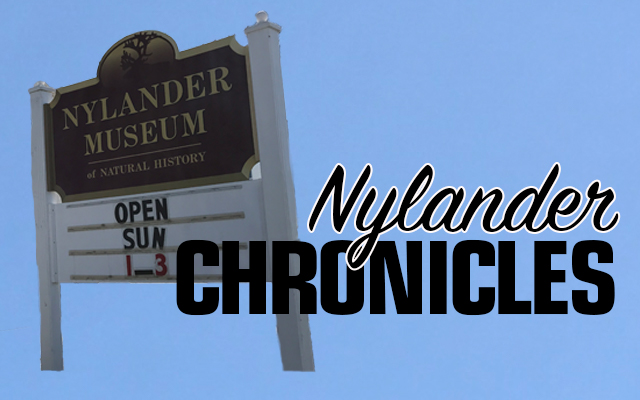Over the past century or so, there have been a great variety of fish species that have become present in the waters of northern Maine. In some cases, the fish have made their way to new waters in the natural manner. In other cases, the fish have been introduced, either through the efforts of the Department of Inland Fisheries and Wildlife, or by private citizens, emptying out the contents of a bait bucket or transporting non-native species to new waters.
This article discusses some of the larger species.
One species that has swum its way to our area is the muskellunge, or “muskie” (Esox masquinongy). Introduced into a lake in the woods of Quebec in the late 1970s, it has since made its way down the St. John River, at least as far downstream as Van Buren. It has also made its way up the lower parts of the Fish River in Fort Kent. It is only a matter of time before this vigorous fish surmounts the falls on the Fish River and makes access to the chain of lakes.
Another fish specie found in the St. John, particularly below Madawaska, is the Smallmouth Bass (Micropterus dolomieu). This predatory fish, also found in parts of the Aroostook River, was introduced to these waters, as well as many lakes and ponds in the area, by anglers who have transported fish to these locations and illegally stocked them. In the case of the St. John River, this may have occurred in New Brunswick or in Maine, as they are native to more Southern areas of both the province and the state.
Additionally, there are some species of fish that were introduced to many lakes and rivers by the Department of Inland Fisheries or parties contracted by them, over the past 140 years or so. These fish include brown trout, rainbow trout, landlocked salmon and splake. While many might feel that these are native to the area, the truth is that none of them existed in northern Maine before the later part of the 1800s.
Brown trout (Salmo trutta) are native to Europe and Western Asia. Rainbow trout (Oncorhynchus mykiss) are native to the rivers and streams of western North America. While these two species are commonly stocked in other parts of the state, they are not stocked in northern Maine, with the exception of a very few waters in the far southern parts of Aroostook County. This is primarily to help preserve native brook trout (Salvelinus fontinalis) waters from predation.
Landlocked salmon (Salmo salar sebago), while native to Sebago Lake in southern Maine, are not native to the waters of northern Maine. They have been stocked by state Fisheries staff into lakes and rivers of northern Maine since the later part of the 1800s. They are, genetically, the same as their sea-run counterpart, the Atlantic salmon (Salmo salar).
The splake, also known as speckled trout, is not a native species anywhere. It is, in fact, a hatchery-created hybrid between the male of the brook trout with the female of the lake trout. This hybrid does not typically occur in the wild. This is due to different spawning locations between the two species. Brook trout spawn in brooks and lake trout spawn in near-shore areas of lakes.
This column is the work of members of the Nylander Museum’s Board of Trustees.








